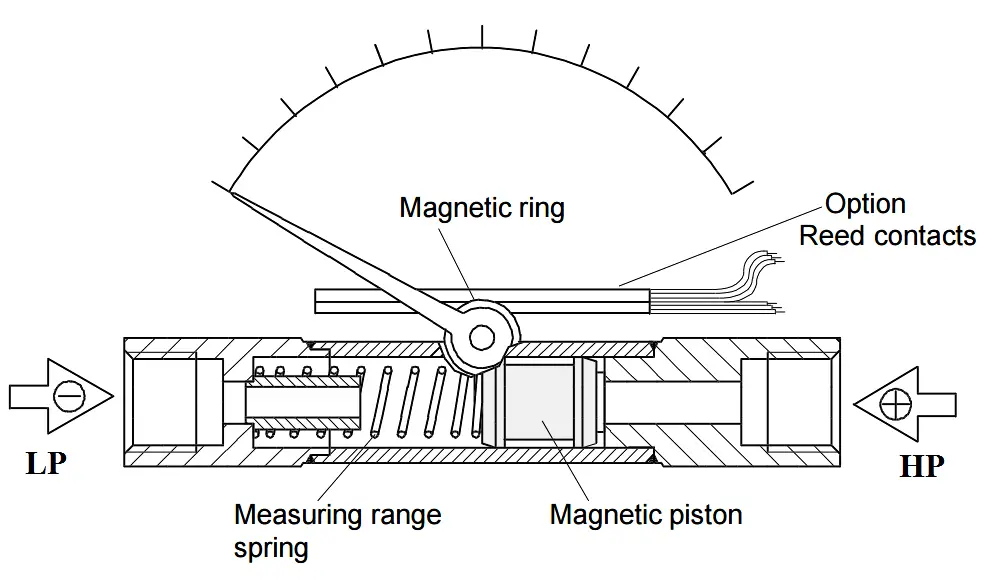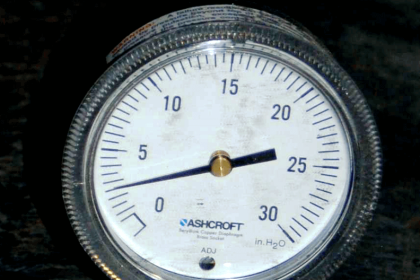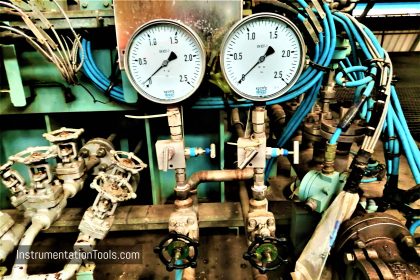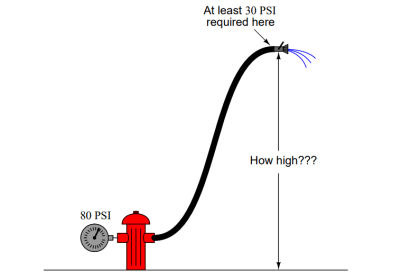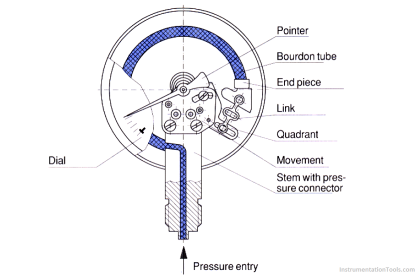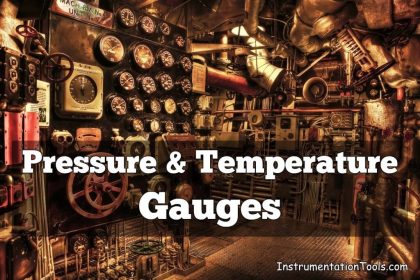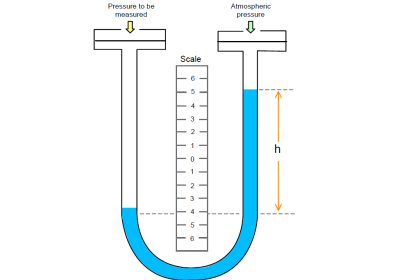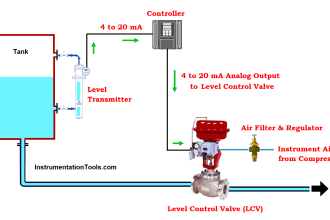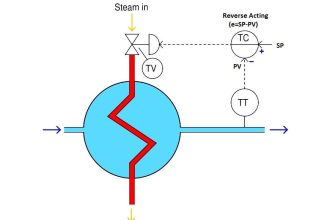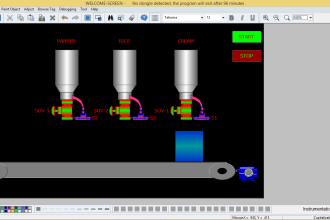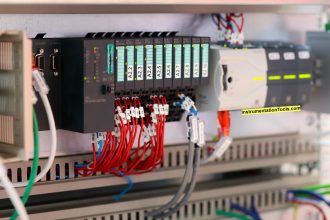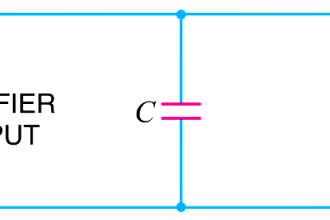Image Courtesy : Wika
Differential Pressure p1 and p2 are given in the HP & LP ports and measuring medium chambers separated by magnetic piston under pressure resp. magnetic piston and separation diaphragm.
The difference in pressure causes axial movement (measuring travel) of the piston supported by a measuring range spring and it indicates the respective DP value.
A magnetic ring mounted on the instrument pointer follows the magnets movement in the piston so that each piston position is appropriated to a defined pointer position. This design ensures complete mechanical separation of the measuring system and the case and eliminates external leakage.
The above fig also have a additional reed switch which is useful to take a contact output for a required DP value.
Source : Wika
